Search
Search Results
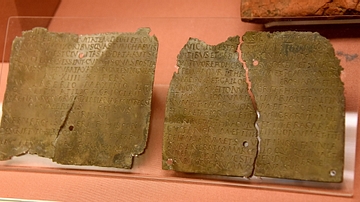
Image
Bronze Roman Military Diploma
This official military discharge comprising 2 inscribed bronze plates was a copy of a master held in Rome. It was issued by the Emperor Trajan to Reburrus, a Spanish junior officer (decurion) in the 1st Pannonian cavalry regoiment. The certificate...
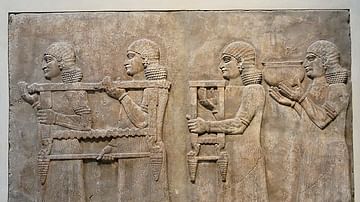
Article
Assyrian reliefs
Mostly dating from the period 880-612 BCE, these carved scenes are found on free-standing stelae and as panels cut on cliffs and rocks at distant places reached by the Assyrian kings during their campaigns. The most spectacular use of stone...
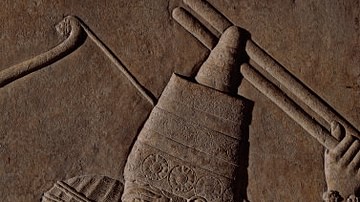
Definition
Ashurbanipal
Ashurbanipal (r. 668-627 BCE, also known as Assurbanipal) was the last of the great kings of Assyria. His name means "the god Ashur is creator of an heir" and he was the son of King Esarhaddon of the Neo-Assyrian Empire. In the Hebrew Tanakh...

Image
Statue of a Military Commander from Hatra
This is a limestone statue of a high-ranking military commander of the army. He wears his military uniform and holds in both hands what appears to be a statue of a deity. His name is unidentified. It was found in the 4th temple at Hatra...

Image
Military Map of the French Border, Maubeuge to Douai - Campaigns of 1793–1794 With Army Positions
This military map covers the French border region from Maubeuge to Douai and was designed to support the understanding of the campaigns conducted between 1793 and 1794. It details the positions of French and Austrian forces during this phase...
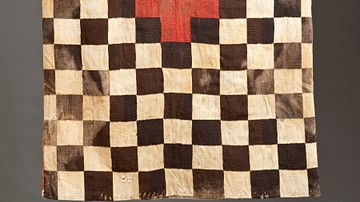
Image
Inca Military Tunic
The standard military tunic of the Inca civilization, c. 1400 and 1533 CE. In Inca art black represented death and red represented blood and conquest. (Los Angeles County Museum of Art, L.A.)
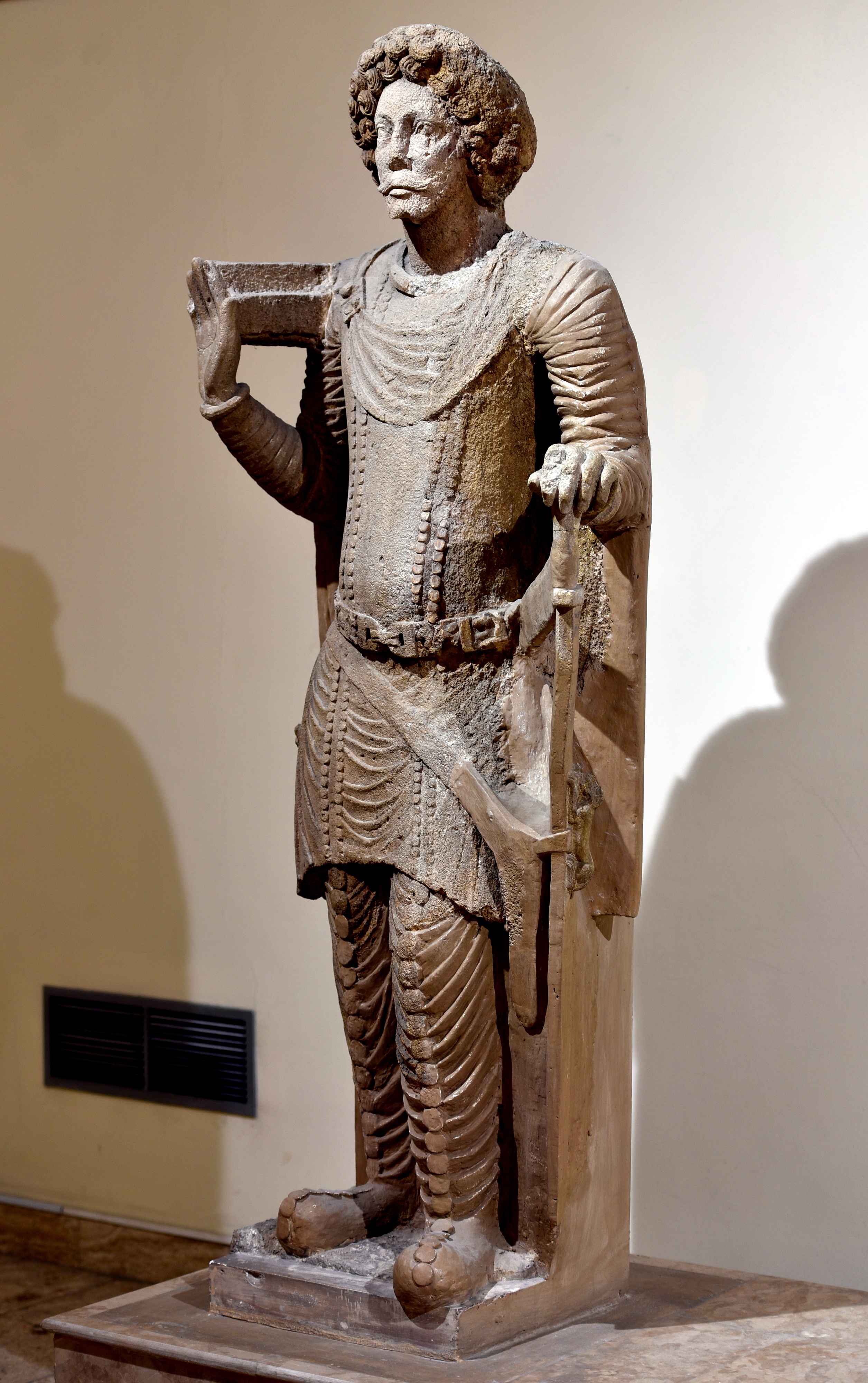
Image
Statue of a Young Military Commander, Hatra
This is a very unique statue found in the 4th temple. This young man wears his full military uniform, which was exquisitely carved. He rests his left hand on the pommel of the hilt of a long sword while the right hand is raised in salutation...

Image
Hadrian in Military Armour
A chalk copy of a marble original statue depicting Hadrian (r. 117-138 CE) in military armour and laurel wreath of victory. He stands with his foot on a defeated enemy, probably a Parthian. (Capitoline Museums, Rome)
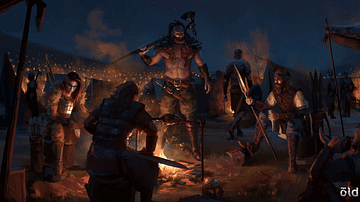
Image
Military Camp in Medieval Northern Europe
Artist's impression depciting a military encampment in Northern Europe during the Middle Ages or Late Antiquity. No specific culture is depicted, but it could be Vikings, Anglo-Saxons, Goths, or warriors of later Medieval European kingdoms.
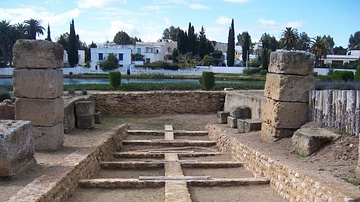
Image
Military Harbour of Carthage
Launching ramp for ships at the old Punic port. The Carthaginians developed high skills in the building of ships and used this to dominate the seas for centuries. According to Roman historians the shipyards of the military harbour at Carthage...